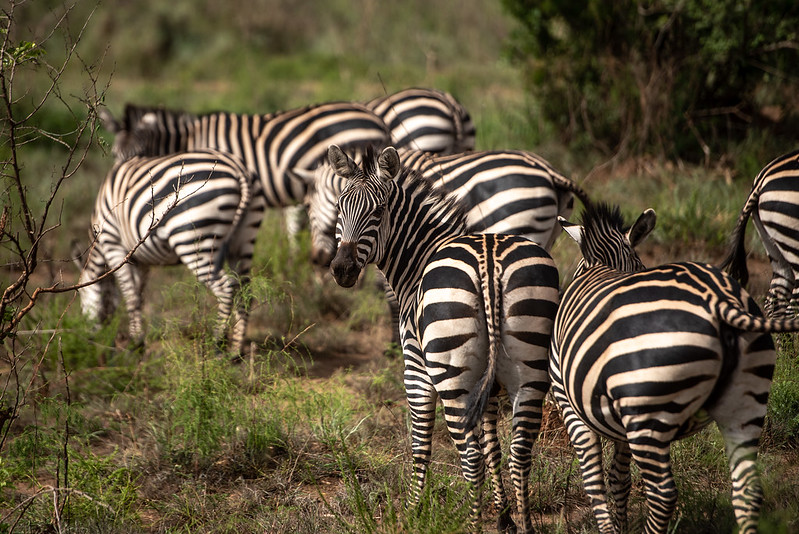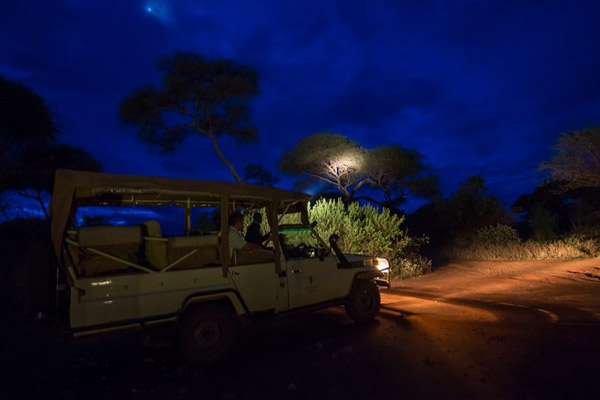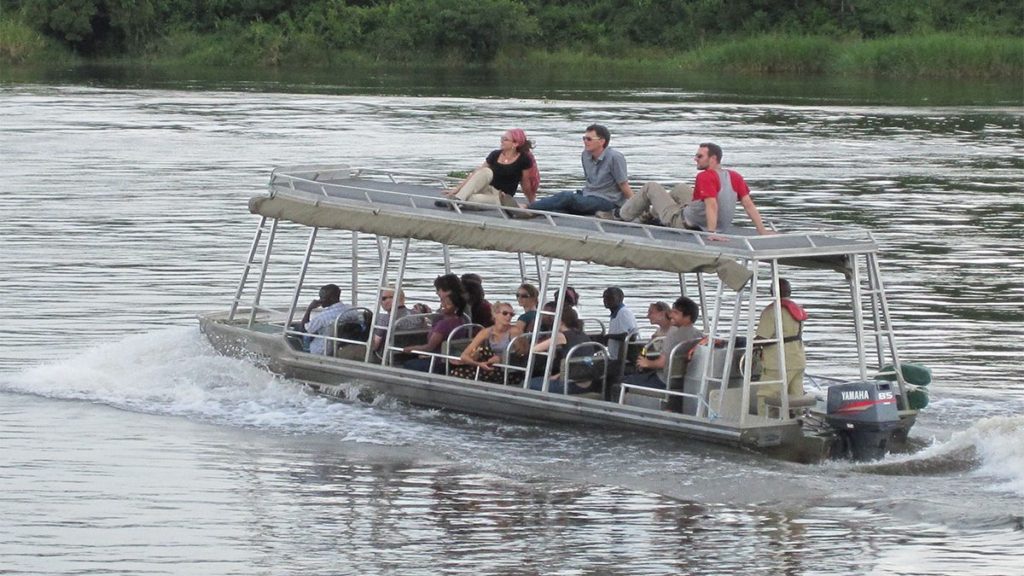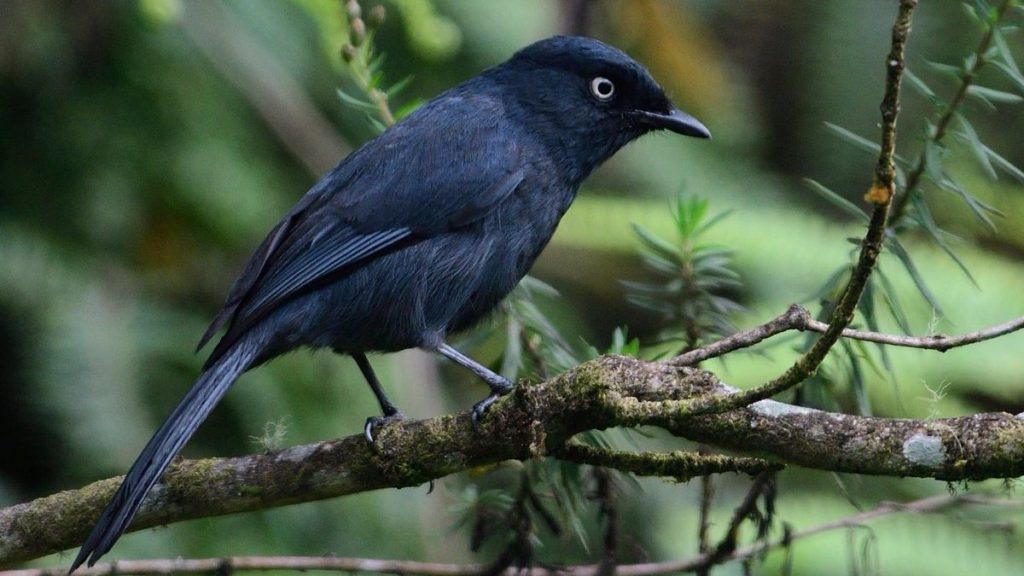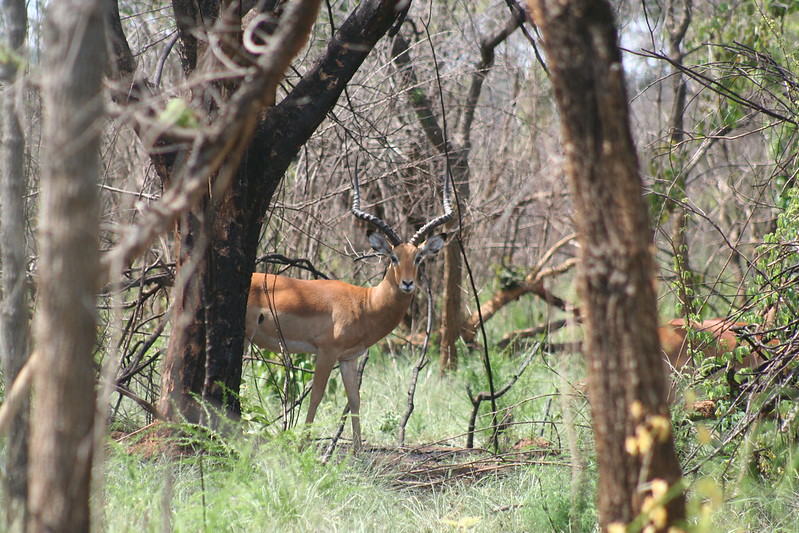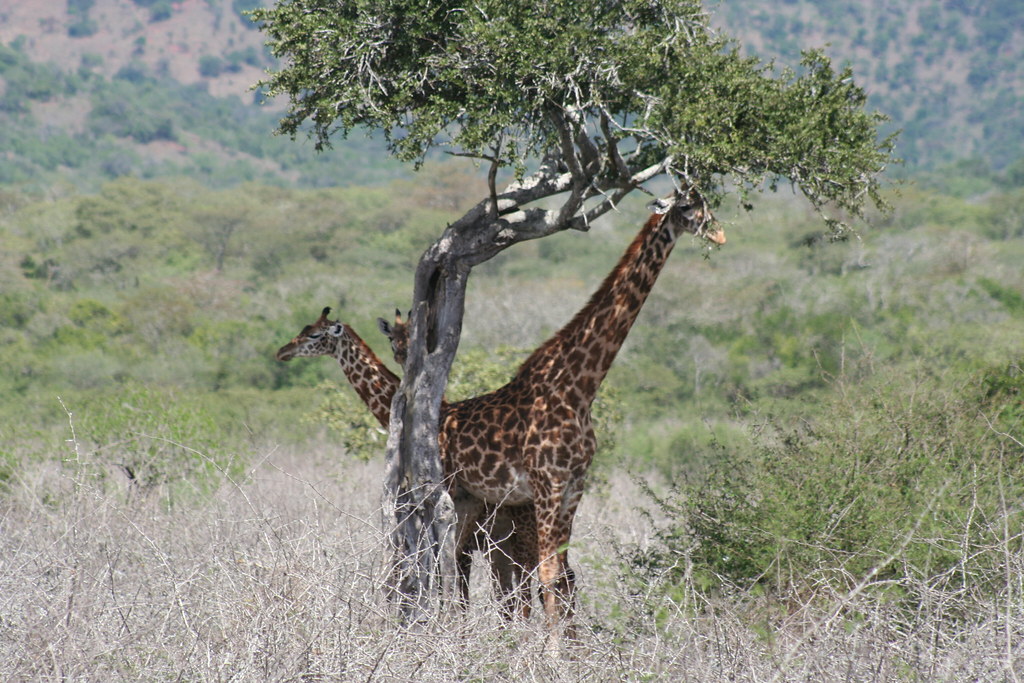Akagera National park: Rwanda Wildlife Safaris
Akagera National Park is among the largest national parks in Rwanda, offering premier wildlife safari experiences. The park situated in the eastern region of Rwanda is endowed with remarkable wildlife species, including lions, giraffes, zebras, and hippos. The presence of the captivating Lake Ihema within this national park enables animal activities such as boat cruises. Significant activities conducted at Akagera National Park encompass wildlife game drives, avian observation, and community excursions.
Facts About Akagera National Park.
Before its designation as a national park, Akagera functioned as a forest reserve characterized by a diverse array of flora and wildlife species. In 1934, the Belgian government designated Akagera as a national park. This was undertaken to safeguard the remaining threatened wildlife species in the national park. Akagera National Park in Rwanda is one of the oldest national parks in Africa and the largest in Rwanda. The national park once encompassed 2,500 square kilometers.
The national park harbored a substantial population of species, including elephants, lions, buffaloes, rhinoceroses, leopards, lycaons, antelopes, hippos, topis, and several others. The national park was designated the ‘Park of Lycanos’ because of its abundant population of Lycanos (wild dogs). A significant majority of these wild canines perished due to an epidemic that disseminated within the national park, with the final sighting of the species recorded in 1984.
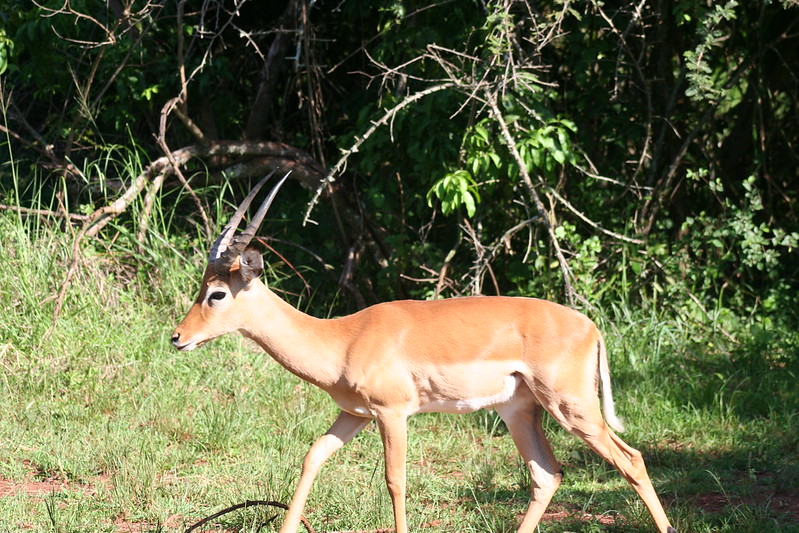

Cultural tour around Akagera National Park
Following the 1994 Rwandan Genocide, the bulk of Rwandan refugees repatriated, predominantly establishing residence in Akagera National Park, Consequently, the majority of the park’s woodlands were deforested to create room for agriculture and livestock grazing. A significant quantity of animals in the park were hunted and slaughtered as an alternate food supply for the enormous population. Due to persistent wildlife hunting and degradation, more than 25% of Akagera National Park has been obliterated. Certain wildlife species, including rhinoceroses and lions, became extinct in the park. The final sighting of a rhino in the park occurred in 2007, coinciding with the last observed presence of lions in the area. Initially, Akagera National Park housed over 300 lions and possessed more than 50 black rhinos. In 2009, a collaborative management agreement was struck between the NGO African Parks and the Rwanda Development Board to oversee Akagera National Park. In late 2010, the Akagera Management Company was established to oversee the efficient operation of the national park.
One of the achievements of the Akagera Management Company (AMC) was the introduction of seven lions to the park in 2015. The lions were relocated from South Africa to Akagera National Park in Rwanda. The reintroduction of these lions in Akagera followed a 15-year absence of the species in the national park. In May 2017, Akagera National Park welcomed 18 black eastern rhinoceroses from South Africa, marking the reintroduction of rhinos to the park after a decade-long hiatus. The population of rhinos in the park rose subsequent to the birth of a calf a few years later.
In June 2019, five additional black rhinos were relocated from a zoo in the Czech Republic to Akagera National Park in Rwanda. This constituted the most extensive translocation of rhinos from Europe to Africa, spanning a distance of 2,485 miles. This project has expanded the rhino population in the national park, hence enhancing tourists’ likelihood of observing rhinos during game drives within the park. Additional enhancements have been implemented in the national park, including the procurement of a helicopter for overhead monitoring, the establishment of an anti-poaching canine unit, and the recruitment of additional park rangers to augment security measures. The park saw a rise in visitor numbers, with 44,000 tourist visits documented in 2018 alone. In the same year, the national park generated over USD 2 million in visitor earnings, rendering Akagera National Park 75% self-financing.
Things to do in Akagera National Park.
Visitors to Akagera National Park in Rwanda can engage in various activities, including game drives, boat cruises, guided nature walks, camping, hiking, fishing, and bird watching, among others.
Game Drive in Akagera National Park.
Game drives in Akagera National Park provide an optimal means for tourists to discover this magnificent, diverse, and expansive national park. The national park provides tourists with both daytime and nocturnal game drives, commencing morning drives at 6 AM and evening drives at 6 PM. Visitors can observe various wildlife during a game drive, including Sitatunga, jackals, hyenas, elephants, giraffes, antelope, kobs, impala, and numerous others. Night game drives at Akagera National Park provide travelers enhanced opportunities to observe nocturnal fauna, including jackals, leopards, lions, serval cats, and civets.
Game drives in Akagera National Park, Rwanda, range from 1 to 3 hours and are priced at USD 30 per person for daytime excursions and USD 40 for nocturnal drives. Visitors are encouraged to have a park guide accompany them during a game drive, since this facilitates the identification of specific wildlife species inside the park that they wish to observe.
Boat Cruise at Akagera National Park.
Boat tours or cruises in Akagera National Park provide tourists the opportunity to explore the stunning crystal-clear lakes inside the park. The majority of boat tours in Akagera occur on Lake Ihema, where numerous hippos and crocodiles can be observed. Boat excursions in the park occur four times daily at precisely 7:30 AM, 9:00 AM, 3:00 PM, and 4:30 PM. Additionally, unscheduled boat excursions are offered throughout the park for customers desiring private tours.
Bird watching in Akagera National Park.
Akagera National Park is home to over 500 avian species. Notable birds that visitors may encounter during birding excursions include the rare Shoebill Stork, Swamp Flycatchers, white egrets, Marabou Storks, Yellow Sunbirds, grey crowned cranes, and herons, among others. Birdwatching excursions at Akagera National Park are priced at USD 30 per individual.
Fishing in Akagera National Park.
Fishing in Akagera National Park occurs in Lake Shakani, where common fish species such as Tilapia and Catfish can be caught. The park hosts fishing contests on this lake; however, those wishing to participate must directly contact the park’s reservations service.
Hiking and nature Walks
Visitors to Akagera can engage in hiking excursions and guided nature walks within the national park. Hiking and nature walks in the park provide visitors with the opportunity to observe a diverse array of flora and wildlife, including many species of plants, trees, insects, butterflies, and birds.
Best time to visit Akagera National Park
What is the optimal time to visit Akagera National Park? Many travelers seek to ascertain the optimal time to visit Akagera National Park in Rwanda for a wildlife safari. Visitors to Akagera National Park will encounter several tourist attractions and participate in diverse activities. Therefore, it is essential to ascertain the optimal timing for participating in these safari activities within the park. Akagera National Park is situated in eastern Rwanda, adjacent to the Tanzanian border. The optimal months to visit Akagera National Park are July to September and January, coinciding with the dry season. Akagera National Park experiences a wet season in March, April, and December. The wet season hinders wildlife viewing and other activities in the national park due to road conditions.
The temperature in Akagera remains relatively stable year-round; nevertheless, the extended dry season (June-September) presents warmer conditions, whilst the rainy periods (October-November and March-May) result in milder temperatures. Temperatures typically fluctuate between 20 and 30 degrees Celsius.
The dry season is short (December–February): Rain may occur during this period, although it will be intermittent and transient. The park may be extremely arid by February. The extended rainy season (March–May) is characterized by persistent rainfall and a profusion of verdant grass. The expansive vistas of verdant grass and azure skies offer exceptional picture prospects.
The extended arid season (June-September): The park may become parched and dusty during this period due to elevated temperatures. Nevertheless, the profusion of water in lakes adjacent to Akagera’s eastern boundary renders the extended dry season an optimal time for wildlife observation, since the grasses are diminished and animals are dispersed around the park. The initial rains clear the haze, restoring the park to its verdant state during the brief rainy season (October-November). Birdwatching is particularly advantageous during this season, since numerous migratory birds traverse Akagera in October and November.
Diverse travelers visit Akagera National Park to observe wildlife and partake in game drives, appreciating the stunning landscapes of rolling hills, open grasslands, forests, rivers, lakes, and swamps while witnessing various animal species feed and wander. Visitors to Akagera National Park can engage in activities such as game drives, boat trips, guided nature walks, birdwatching, and fishing.

